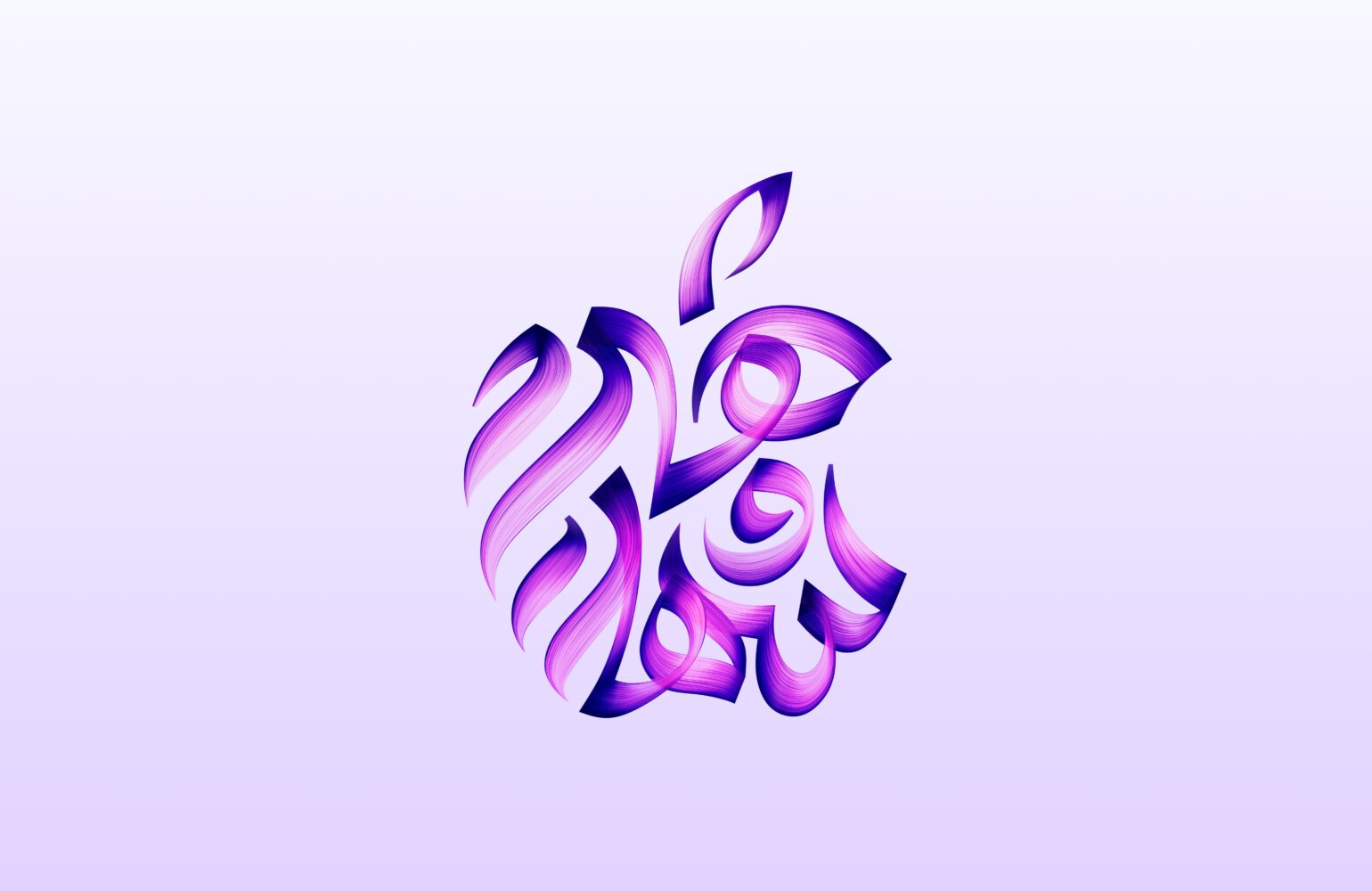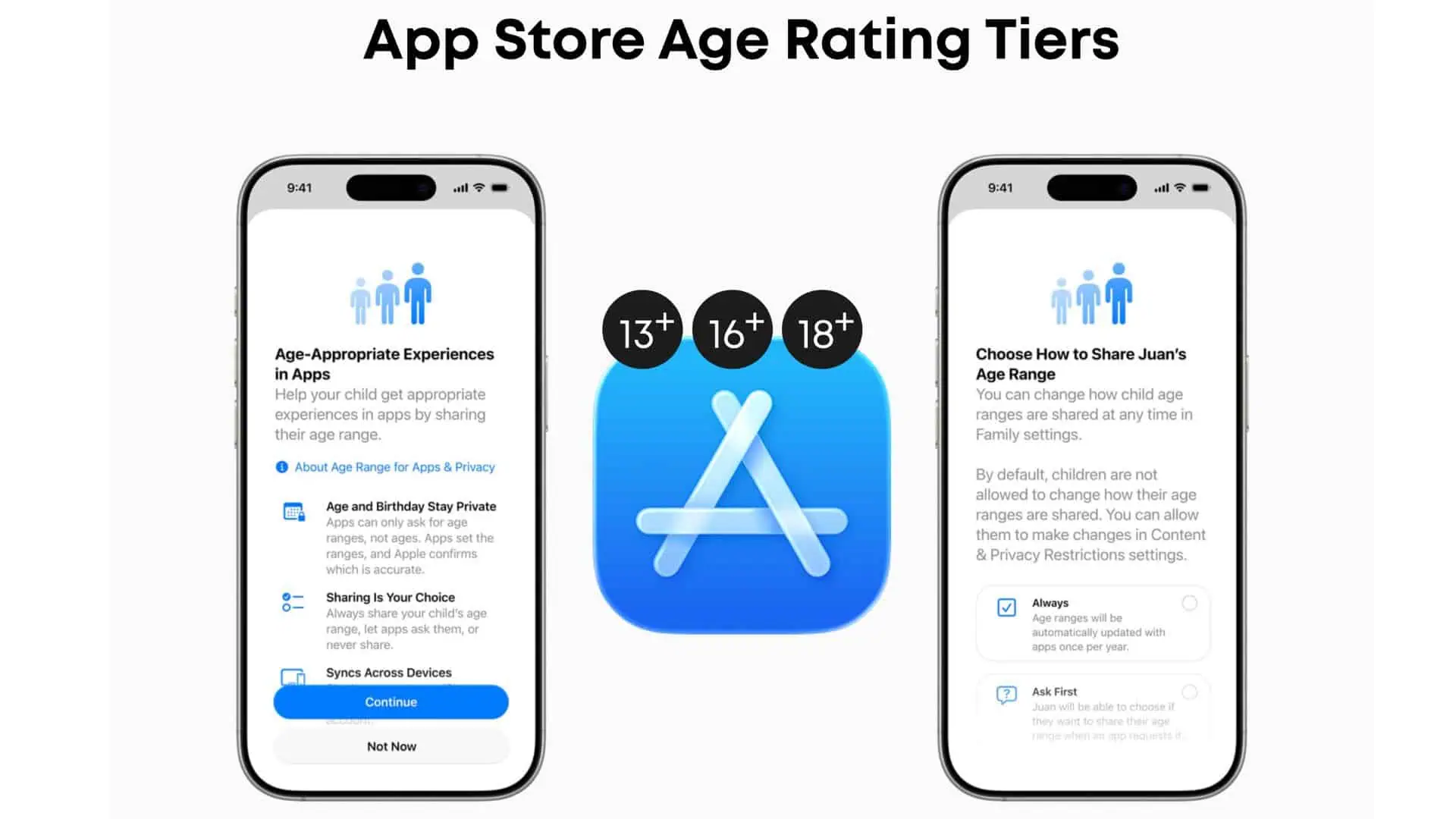TL;DR: Happy Gilmore 2 is a wild nostalgia trip that hits plenty of fairways for longtime fans but veers hard into the rough for newcomers. It’s bloated, chaotic, and nepotistic as hell—but also surprisingly tender when it counts. If you grew up quoting the original, you’ll likely enjoy the ride. If not, you’re better off watching Caddyshack again.
Happy Gilmore 2
I didn’t expect Happy Gilmore 2 to hit me in the feelings. Let’s just start there. I was bracing for something more like Grown Ups 3: Fore!—a Netflix-brewed nostalgia milkshake featuring Adam Sandler yelling, golfing, and emotionally supporting his real-life family while Kevin Nealon shows up to collect his check. And yes, Happy Gilmore 2 is all of that, but in the best possible way. Somehow, amidst a golf simulator, a Deadpool-tier celebrity cameo list, and enough Sandler-verse in-jokes to qualify as lore, there’s a real story about grief, fatherhood, and the shifting values of a once-young man who can’t quite hit the same shots he used to.
Let’s not kid ourselves though: if you’re not already a fan, this won’t convert you. It’s built from top to bottom for people who still shout “You eat pieces of sh*t for breakfast?” across a driving range or instinctively smirk when they hear the name Shooter McGavin. For those people—like me—this is less a sequel and more a high school reunion you didn’t know you needed, where everyone’s older, a little more tired, but still absolutely ready to rage.
29 Years Later: The Ballad of an Aging Long-Baller
The film opens with a gut punch: Happy accidentally kills his wife, Virginia (Julie Bowen), with a shanked drive in the cold open. That is not the tone I expected from a Happy Gilmore sequel. It lands like a dark comedy sucker-punch, the cinematic equivalent of slipping on a banana peel and realizing your father never told you he loved you.
But Sandler sells it, somehow. His grief feels real, and the fallout—retiring from golf, collapsing into alcoholism, and raising his young daughter Vienna (played by Sandler’s actual daughter Sunny)—manages to steer just clear of parody. When she gets a shot at a prestigious ballet program in Paris, Happy dusts off the clubs to raise money the only way he knows how: by obliterating a driving range and making peace with a golf world that has long since passed him by.
So yes, we’re in sports movie territory, but this time the stakes are personal. Not just for Happy, but for the game itself.
A Love Letter to Golf Disguised as a Drinking Game
Where the original Happy Gilmore was a snarky slap at golf’s pretension, the sequel does something weirder: it becomes a heartfelt defense of the sport. The film stacks its cast with real-life golf icons—Nicklaus, Daly, Scheffler, and even Xander Schauffele (whose acting is… serviceable?)—to make the case that golf is not just a game but a tradition worth protecting.
And yet, Happy is still Happy. He gets a DUI for reckless carting. He builds flasks out of golf tools. He drinks on the tee box while screaming at TikTok golf bros. He’s somehow both a cautionary tale and a countercultural folk hero. When a brash energy drink mogul tries to recruit him to a breakaway tour (a not-so-subtle dig at LIV Golf), the movie starts to resemble The Last Dance if it were directed by Rob Schneider.
Yes, Everyone Is Here (And That Might Be a Problem)
There are more cameos here than in Avengers: Endgame, and they’re equally fan-servicey. Travis Kelce? Check. Bad Bunny as Happy’s new caddie Oscar? Weirdly charming. Carl Weathers appears via deepfake in a cemetery dream-fight scene that doubles as a tribute to Chubbs. Somehow this all works.
But the downside is that Happy Gilmore 2 has zero chill. Every Sandler family member shows up. Every Netflix comedy buddy gets a line. There’s even a meta-podcast subplot that crams in Call Her Daddy like it’s the new ESPN. These things age movies immediately, and while they’ll thrill diehards, they also bog down what could’ve been a tighter, funnier, more universal sequel.
Still, credit where due: Sandler and Tim Herlihy know their audience. For every shoehorned influencer, there’s a genuinely hilarious callback or improv gem. Seeing McGavin and Happy square off in a haunted cemetery? Genuinely perfect. Watching John Daly teach parenting tips while living in Happy’s garage? Somehow, a highlight.
Swinging for Legacy, Landing Somewhere Near the Green
It would be easy to call this whole project indulgent. It is. But so was Top Gun: Maverick, and that worked. What makes Happy Gilmore 2 surprisingly effective is that it acknowledges its own absurdity while still trying to say something. About aging. About change. About what happens when you realize your old tricks aren’t enough anymore.
Happy’s journey is a mess, but an earnest one. He doesn’t win with brute strength. He wins by growing up. And maybe by throwing a 9-iron through someone’s windshield.
Happy Gilmore 2 is a love letter to fans, a chaotic tribute to golf, and a therapy session for aging sports bros. It’s bloated, self-referential, and packed with in-jokes, but also surprisingly heartfelt when it stops yelling. If you’re a fan of the original, you’ll find plenty of reasons to laugh, cheer, and cry. If you’re not, this won’t change your mind—but it might make you respect the long game.






